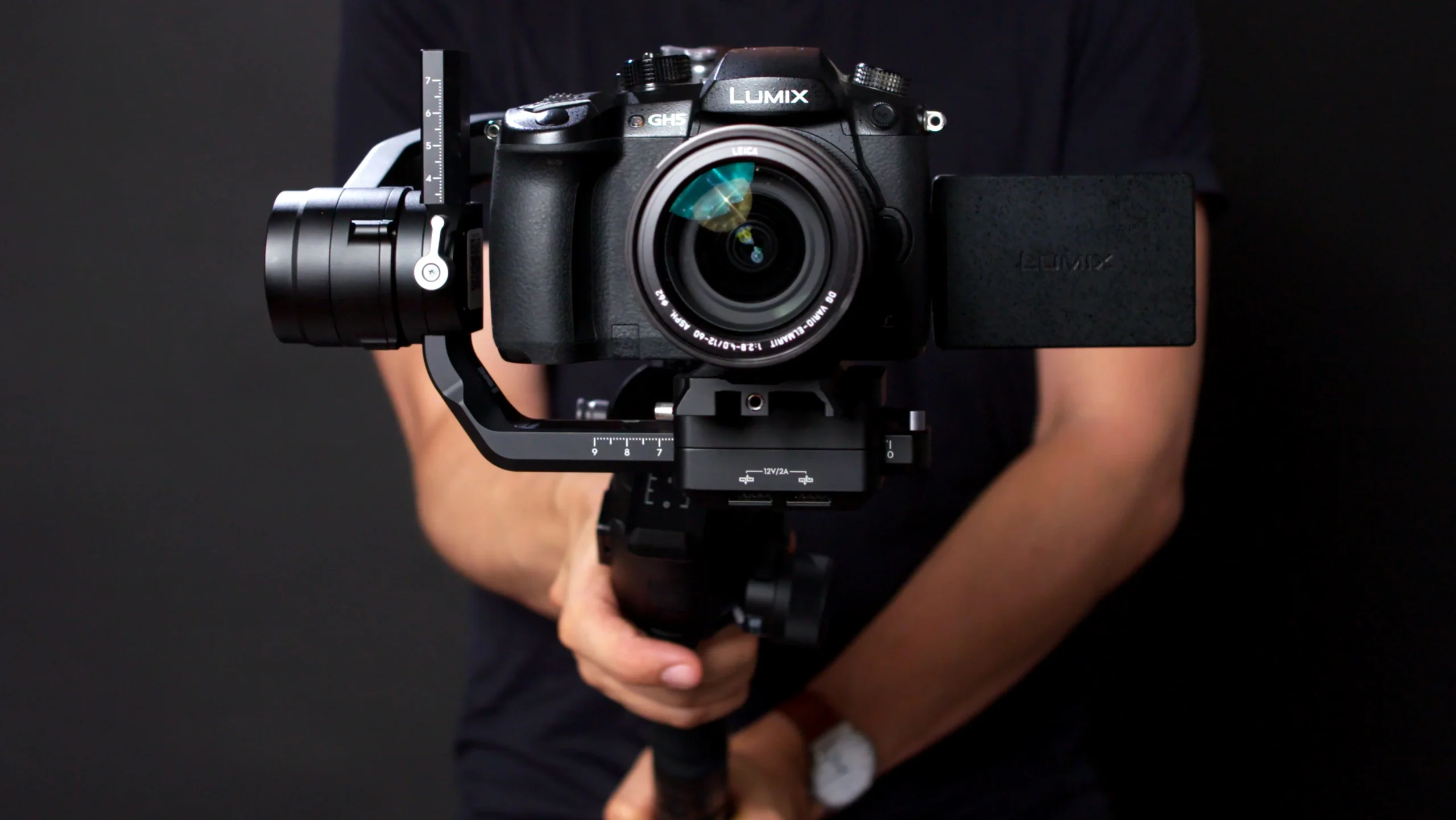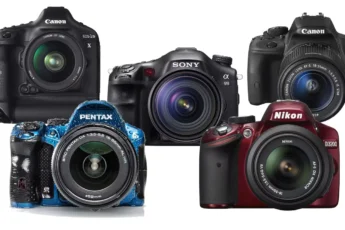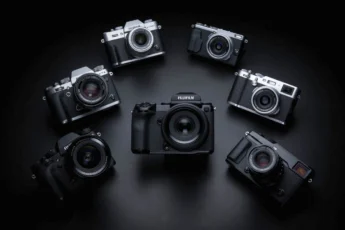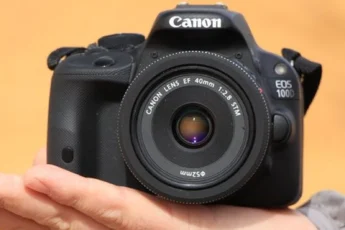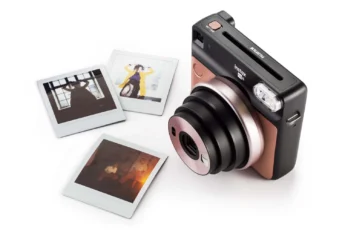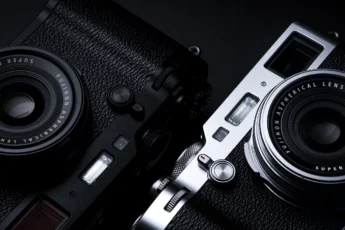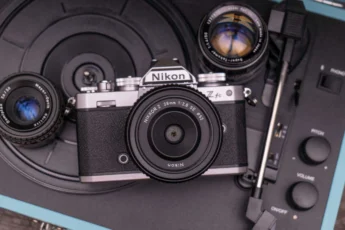In the ever-evolving world of filmmaking, cameras play a pivotal role in capturing the creative vision of directors and cinematographers. As technology advances, the demand for higher resolutions and superior image quality continues to grow. In 2024, 6K cameras have emerged as the go-to choice for filmmakers seeking to deliver exceptional visuals that captivate audiences. Join us as we embark on a journey to explore the top 6K cameras that are revolutionizing the filmmaking industry.
- Overview of the Current Filmmaking Camera Market
- Importance of Choosing the Right Camera for Filmmaking
- Top 6K Cameras in 2024
- Panasonic LUMIX S5 II
- Sony α7 IV
- Canon EOS R6 Mark II
- Canon EOS R8
- Blackmagic Pocket Cinema Camera 4K
- Other Notable Cameras in 2024
- Comparison of Top Filmmaking Cameras
- Features Comparison
- Performance Evaluation
- Price Analysis
- Filmmaking Camera Accessories
- Lighting Equipment
- Gimbals and Stabilizers
- High-Quality Lenses
- Essential Grip Equipment
- Audio Devices
- Monitoring Tools
- Filmmaking Camera Recommendations from Professionals
- Cameras Used by Professional Filmmakers
- Insights on Camera Selection Criteria
- Tips for Choosing the Best Camera for Your Filmmaking Needs
- Conclusion
Overview of the Current Filmmaking Camera Market
The filmmaking camera market has witnessed significant growth in recent years, with key players such as Sony, Canon, Panasonic, and Blackmagic Design leading the charge. According to a report by Grand View Research, the global digital camera market size is expected to reach USD 28.92 billion by 2025. The increasing demand for high-quality video content, coupled with advancements in camera technology, has fueled this growth.
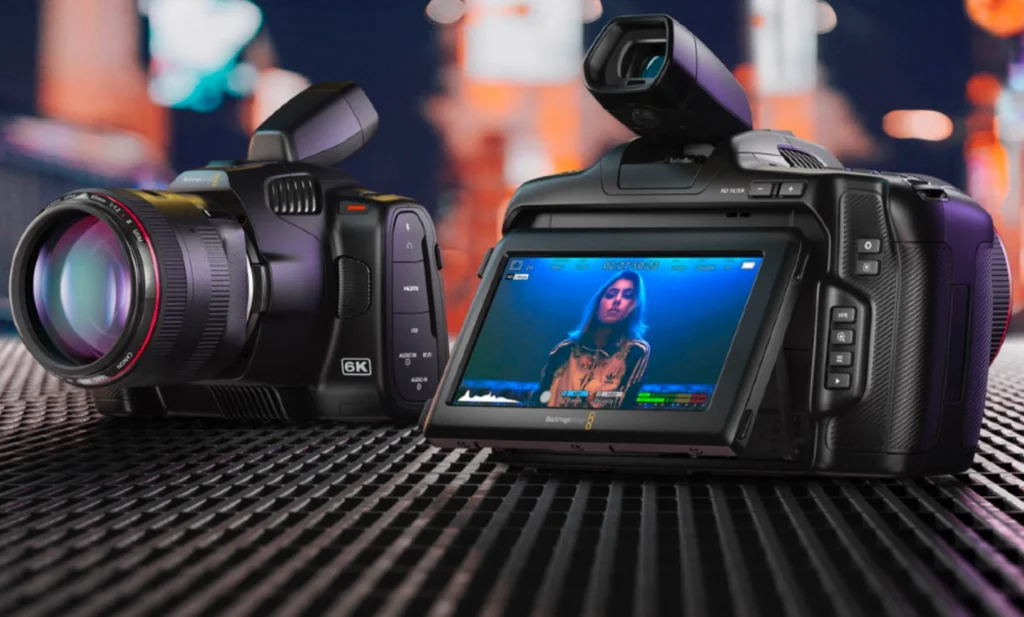
One of the latest trends in the filmmaking camera market is the integration of artificial intelligence (AI) and computational photography. These technologies enable cameras to optimize settings automatically, enhance image quality, and offer advanced features such as real-time object tracking and autofocus. As filmmakers seek to push the boundaries of their craft, these innovations are shaping the future of filmmaking cameras.
Importance of Choosing the Right Camera for Filmmaking
Choosing the right camera is a critical decision for any filmmaker. The camera you select can significantly impact the overall production quality and ultimately influence how effectively you can bring your creative vision to life. Different cameras offer unique features and capabilities that cater to specific filmmaking genres and styles.
For example, a camera with a high dynamic range is essential for capturing scenes with extreme contrast, such as bright sunlight and deep shadows. Low-light performance is crucial for shooting in dimly lit environments or creating atmospheric visuals. Color science, which refers to how a camera interprets and reproduces colors, can greatly affect the mood and tone of your footage. By understanding these factors and aligning them with your filmmaking goals, you can make an informed decision when selecting a camera.
Top 6K Cameras in 2024
Panasonic LUMIX S5 II
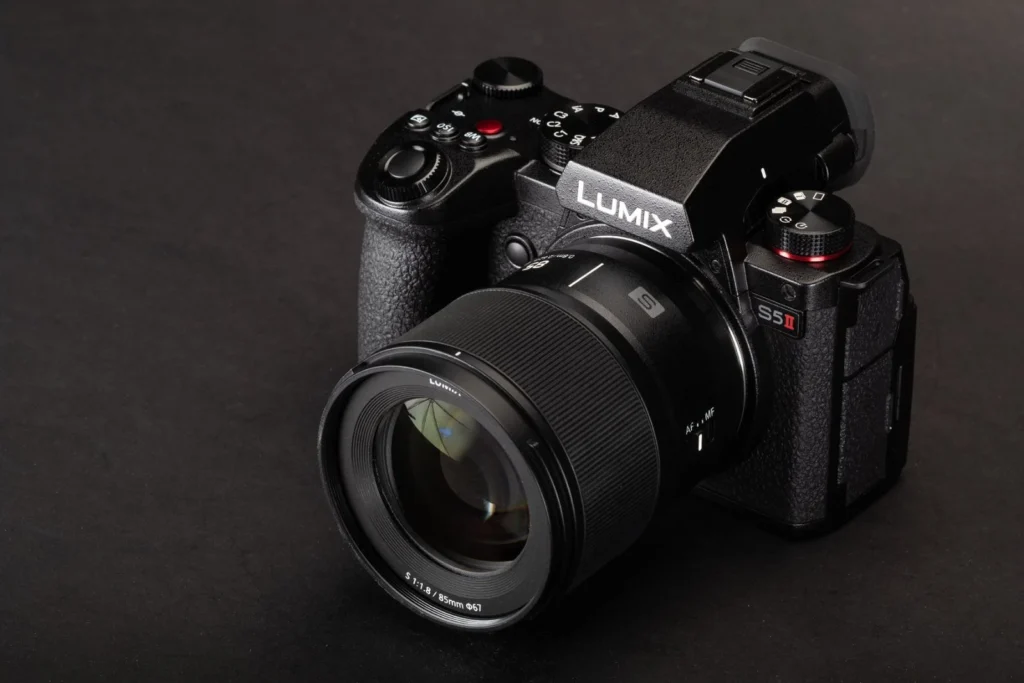
The Panasonic LUMIX S5 II is a versatile 6K camera that has taken the filmmaking world by storm. With its full-frame 24.2-megapixel sensor, this camera delivers stunning image quality and impressive low-light performance. It offers a wide range of frame rates, including 6K/30p, 4K/60p, and Full HD/180p, providing filmmakers with flexibility in their creative choices. The S5 II also boasts a 5-axis in-body image stabilization system, ensuring smooth and stable footage even when shooting handheld.
Sony α7 IV
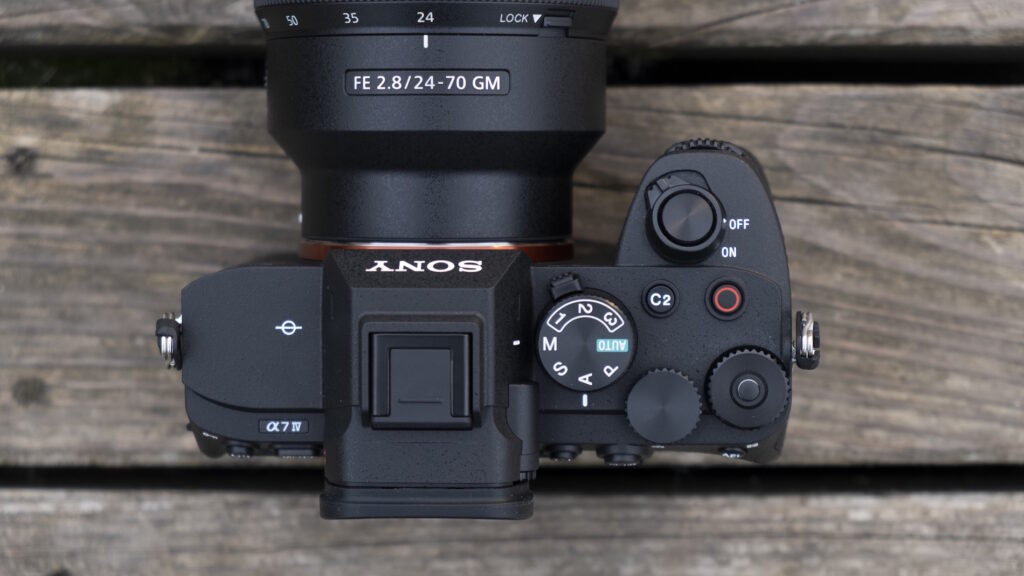
Sony’s α7 IV is a powerhouse 6K camera that combines exceptional image quality with advanced autofocus capabilities. Equipped with a 33-megapixel full-frame sensor, this camera captures intricate details and delivers outstanding dynamic range. The α7 IV’s autofocus system features real-time tracking and eye autofocus, making it ideal for capturing fast-moving subjects or intimate character-driven scenes. With its compact and lightweight design, the α7 IV is a popular choice among documentary filmmakers and solo content creators.
Canon EOS R6 Mark II
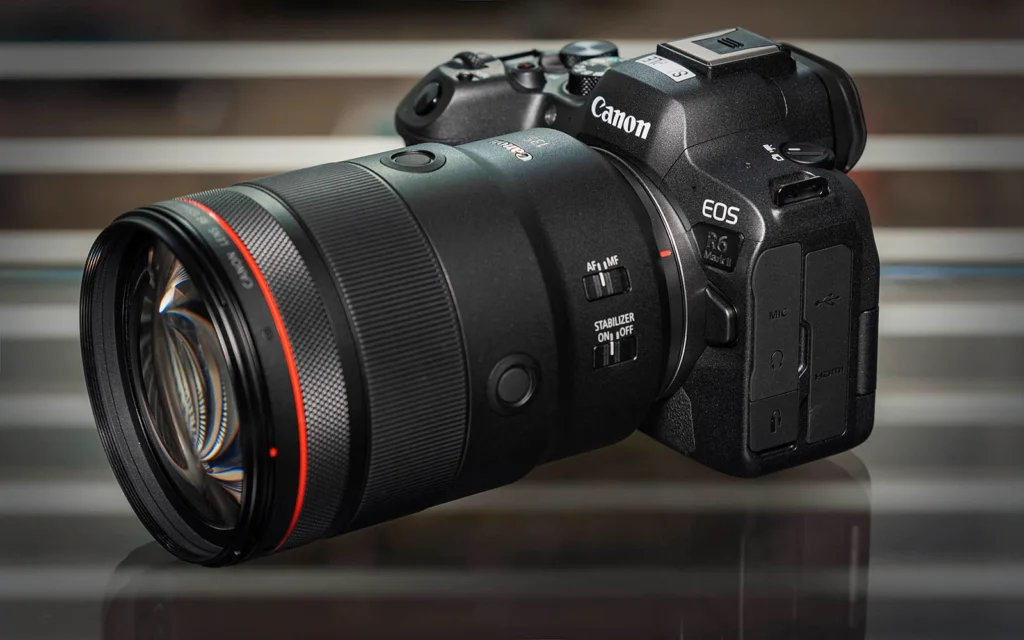
The Canon EOS R6 Mark II is a highly capable 6K camera that offers a perfect balance between performance and affordability. Featuring a 20.1-megapixel full-frame sensor, this camera delivers excellent image quality and low-light performance. The R6 Mark II boasts Canon’s renowned Dual Pixel CMOS AF II system, which provides fast and accurate autofocus tracking. With its ability to shoot 6K/60p and 4K/120p, the R6 Mark II is well-suited for capturing high-speed action and slow-motion footage.
Canon EOS R8
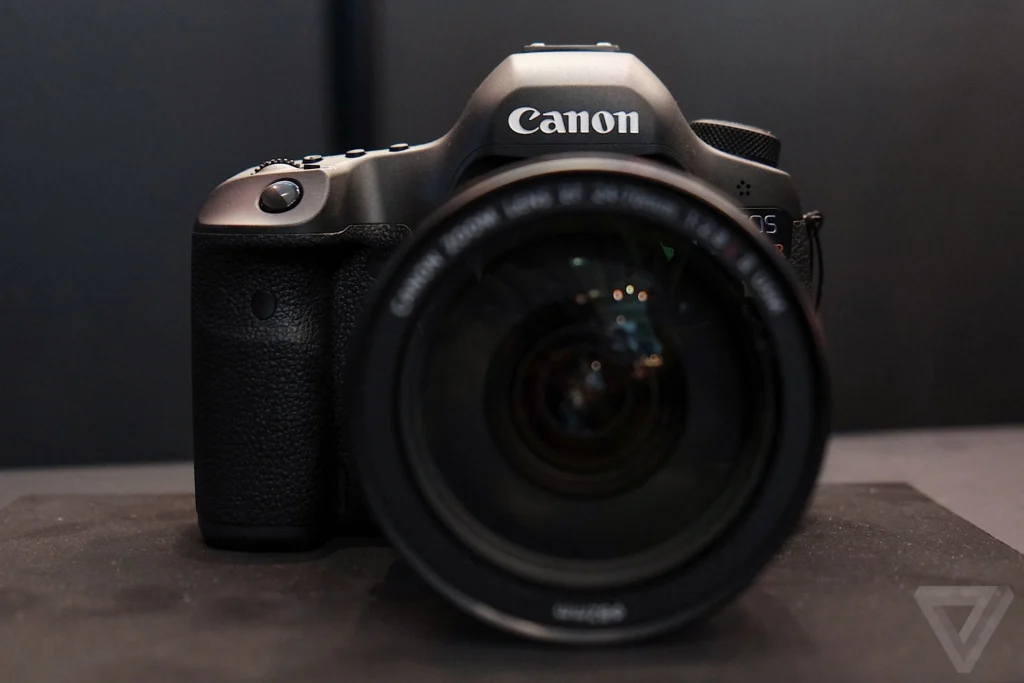
The Canon EOS R8 is a compact and lightweight 6K camera that packs a punch. Despite its small form factor, the R8 features a 24.2-megapixel full-frame sensor, delivering impressive image quality. It offers a wide ISO range and excellent low-light performance, making it suitable for shooting in challenging lighting conditions. The R8’s Dual Pixel CMOS AF system ensures fast and accurate autofocus, while its 5-axis in-body image stabilization helps minimize camera shake.
Blackmagic Pocket Cinema Camera 4K
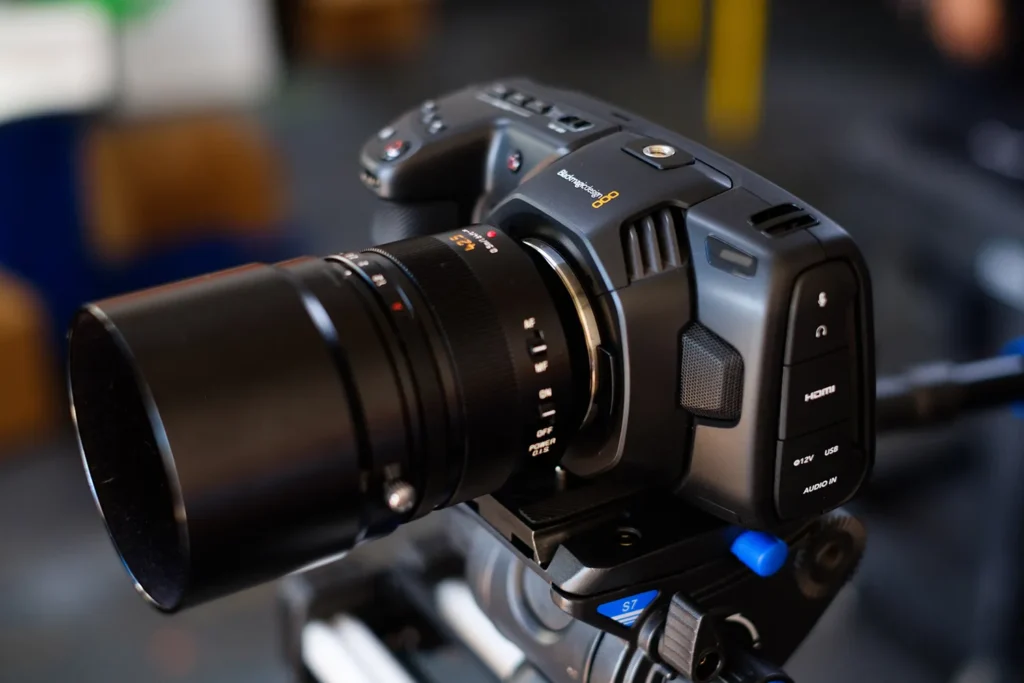
While not strictly a 6K camera, the Blackmagic Pocket Cinema Camera 4K deserves a mention for its exceptional value and filmmaking capabilities. This compact camera offers a 4/3-inch sensor and shoots up to 4K DCI at 60 frames per second. It boasts an impressive 13 stops of dynamic range, allowing for greater flexibility in post-production. The Pocket Cinema Camera 4K also supports RAW recording, giving filmmakers maximum control over their footage.
Other Notable Cameras in 2024
While our focus has been on 6K cameras, it’s worth acknowledging other notable cameras that have made waves in the filmmaking industry. The Sony FX9, with its 6K full-frame sensor and advanced autofocus system, has become a popular choice among professional cinematographers. The RED Komodo 6K, known for its compact design and impressive image quality, has also gained traction among filmmakers seeking a more affordable entry point into the RED ecosystem.
Comparison of Top Filmmaking Cameras
Features Comparison
| CameraSensor | Max Resolution | Autofocus | Image Stabilization | |
|---|---|---|---|---|
| Panasonic LUMIX S5 II | Full-frame 24.2MP | 6K/30p, 4K/60p | Contrast-detect AF | 5-axis IBIS |
| Sony α7 IV | Full-frame 33MP | 6K/30p, 4K/60p | Real-time tracking, Eye AF | 5-axis IBIS |
| Canon EOS R6 Mark II | Full-frame 20.1MP | 6K/60p, 4K/120p | Dual Pixel CMOS AF II | In-body IS |
| Canon EOS R8 | Full-frame 24.2MP | 6K/30p, 4K/60p | Dual Pixel CMOS AF | 5-axis IBIS |
| Blackmagic Pocket Cinema Camera 4K | 4/3-inch | 4K DCI/60p | Contrast-detect AF | None |
Performance Evaluation
When evaluating the performance of filmmaking cameras, several key factors come into play. Image quality is paramount, and the cameras mentioned above excel in this regard, offering high resolution, wide dynamic range, and excellent color reproduction. Low-light performance is another crucial aspect, and cameras like the Sony α7 IV and Canon EOS R6 Mark II shine in challenging lighting conditions.
Autofocus performance is also a significant consideration, especially for solo filmmakers or those shooting fast-paced action. The Sony α7 IV and Canon EOS R6 Mark II have advanced autofocus systems that provide reliable tracking and face detection. The Panasonic LUMIX S5 II and Canon EOS R8, while not as advanced, still offer capable autofocus performance.
Image stabilization is another key factor, particularly when shooting handheld or in challenging environments. The Panasonic LUMIX S5 II, Sony α7 IV, and Canon EOS R8 feature 5-axis in-body image stabilization, which helps minimize camera shake and produces smoother footage. The Canon EOS R6 Mark II also offers effective in-body stabilization.
Price Analysis
When it comes to pricing, the cameras mentioned above fall into different categories. The Panasonic LUMIX S5 II and Canon EOS R8 are positioned as more affordable options, making them attractive choices for budget-conscious filmmakers. The Sony α7 IV and Canon EOS R6 Mark II sit in the mid-range, offering a balance between features and price.
The Blackmagic Pocket Cinema Camera 4K stands out as a highly affordable option, especially considering its impressive filmmaking capabilities. However, it’s important to note that the cost of lenses, accessories, and additional equipment should also be factored in when determining the overall budget for a filmmaking setup.
Filmmaking Camera Accessories
Lighting Equipment
Lighting is a crucial element in filmmaking, as it can greatly impact the mood, atmosphere, and overall visual quality of a scene. When choosing lighting equipment, consider factors such as portability, power output, and color temperature control. LED lights have gained popularity due to their energy efficiency, low heat emission, and versatile color options. Brands like Aputure and ARRI offer a wide range of high-quality lighting solutions for filmmakers.
Gimbals and Stabilizers
Gimbals and stabilizers are essential tools for achieving smooth and stable footage, especially when shooting handheld or in motion. They help eliminate camera shake and allow for fluid camera movements. Popular options include the DJI Ronin series and the Gudsen Moza Air 2. When selecting a gimbal or stabilizer, consider factors such as payload capacity, battery life, and ease of use.
High-Quality Lenses
Investing in high-quality lenses is just as important as choosing the right camera. Lenses play a significant role in determining the overall image quality, bokeh, and creative possibilities. Prime lenses, which have a fixed focal length, are known for their sharpness and wide apertures, making them ideal for low-light situations and achieving shallow depth of field. Zoom lenses offer versatility and convenience, allowing filmmakers to quickly adjust focal lengths without changing lenses. Brands like ZEISS, Sigma, and Leitz offer a range of high-quality lenses suitable for filmmaking.
Essential Grip Equipment
Grip equipment refers to the various tools and accessories used to support and manipulate cameras, lights, and other filmmaking gear. Essential grip equipment includes tripods, monopods, sliders, and dollies. Tripods provide stability for static shots, while monopods offer mobility and support for handheld shots. Sliders and dollies allow for smooth camera movements and add production value to your footage. When selecting grip equipment, consider factors such as load capacity, durability, and ease of setup.
Audio Devices
Audio quality is just as important as visual quality in filmmaking. Investing in reliable audio recording devices and microphones is crucial for capturing clear and professional-sounding audio. Shotgun microphones, such as the Rode NTG series, are popular choices for capturing directional audio. Lavalier microphones, like the Shure SM93, are ideal for recording dialogue and interviews. Portable audio recorders, such as the Zoom F6, offer flexibility and high-quality audio recording options.
Monitoring Tools
Monitoring tools are essential for ensuring accurate framing, focus, and exposure while filming. External monitors, such as the Atomos Ninja V or the SmallHD Focus Pro, provide a larger and more detailed view of your footage compared to the camera’s built-in display. They also offer features like waveform monitors, vectorscopes, and focus peaking, which help in making critical adjustments. When choosing monitoring tools, consider factors such as screen size, resolution, and compatibility with your camera.
Filmmaking Camera Recommendations from Professionals
Cameras Used by Professional Filmmakers
Professional filmmakers often rely on high-end cinema cameras to achieve the desired image quality and creative control. Cameras like the ARRI ALEXA and RED DSMC2 series are widely used in the film industry due to their exceptional image quality, dynamic range, and versatility. These cameras offer advanced features like raw recording, high frame rates, and interchangeable lens mounts, making them suitable for a wide range of filmmaking applications.
However, it’s important to note that the choice of camera ultimately depends on the specific requirements of the project, budget, and personal preferences of the filmmaker. Many professional filmmakers also use mirrorless cameras and DSLRs, such as the Sony α7 series or the Canon EOS R series, for their compact size, affordability, and impressive video capabilities.
Insights on Camera Selection Criteria
When selecting a camera for filmmaking, professionals consider several key factors. Image quality is a top priority, and cameras with large sensors, high resolution, and wide dynamic range are preferred. Low-light performance is also crucial, especially for shooting in challenging lighting conditions. Filmmakers often look for cameras with good color science, which ensures accurate and pleasing color reproduction.
Ergonomics and ease of use are also important considerations. Cameras with intuitive controls, customizable buttons, and user-friendly interfaces can streamline the filming process and allow filmmakers to focus on their creative vision. Durability and build quality are essential, especially for cameras that will be used in demanding environments or for extended periods.
Compatibility with existing lenses and accessories is another factor to consider. Many filmmakers invest in high-quality lenses and accessories, so choosing a camera that is compatible with their existing gear can be a significant advantage.
Tips for Choosing the Best Camera for Your Filmmaking Needs
When choosing the best camera for your filmmaking needs, consider the following tips:
- Determine your budget and prioritize the features that are most important to you.
- Consider the type of content you plan to create and choose a camera that aligns with your creative vision.
- Evaluate the camera’s sensor size, resolution, and low-light performance to ensure it meets your image quality requirements.
- Look for cameras with reliable autofocus systems, especially if you plan to shoot solo or capture fast-moving subjects.
- Consider the camera’s video recording formats, frame rates, and bitrates to ensure compatibility with your editing workflow.
- Invest in high-quality lenses that complement your camera and suit your filmmaking style.
- Read reviews, watch sample footage, and, if possible, rent or borrow the camera before making a purchase to ensure it meets your expectations.
Conclusion
Choosing the right camera for filmmaking is a crucial decision that can greatly impact the quality and success of your projects. In 2024, 6K cameras have emerged as the top choice for filmmakers seeking exceptional image quality and creative flexibility. The Panasonic LUMIX S5 II, Sony α7 IV, Canon EOS R6 Mark II, and Canon EOS R8 are among the best 6K cameras available, each offering unique features and capabilities.
When selecting a filmmaking camera, it’s essential to consider factors such as image quality, low-light performance, autofocus, image stabilization, and price. Additionally, investing in high-quality lenses, lighting equipment, gimbals, and audio devices can elevate your production value and help you achieve professional-looking results.

